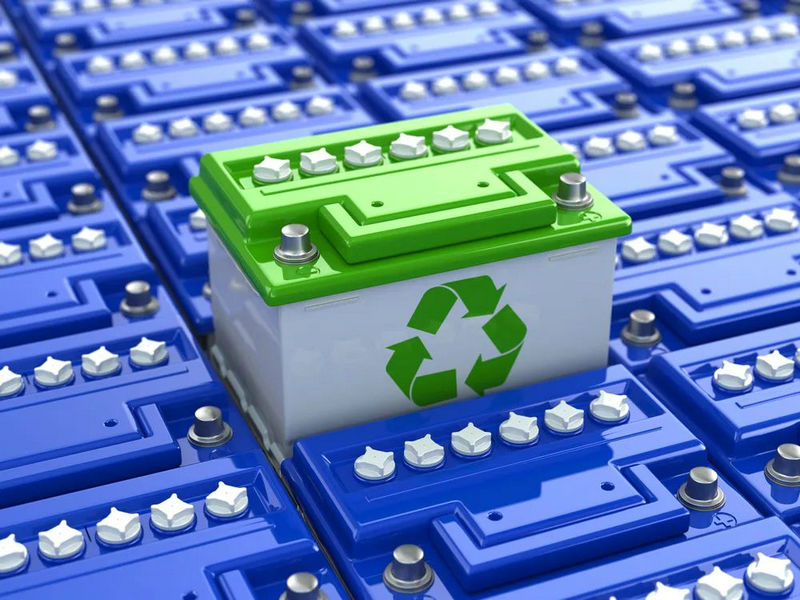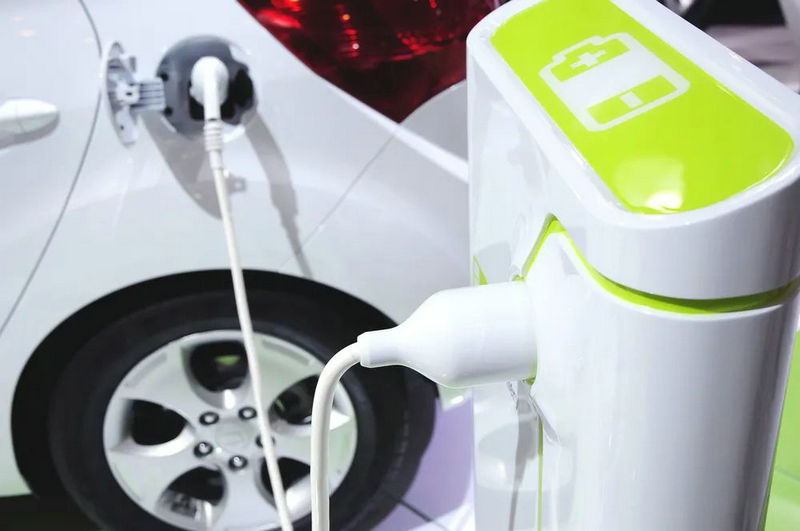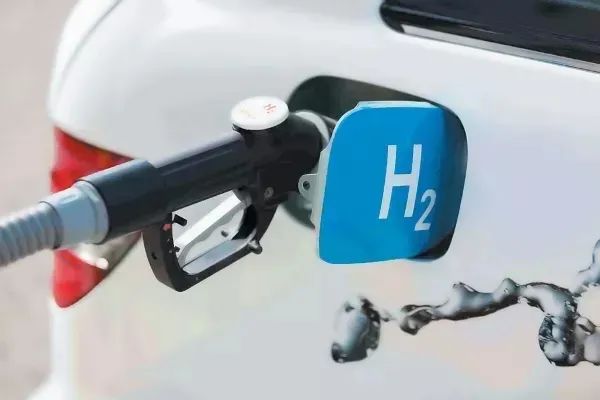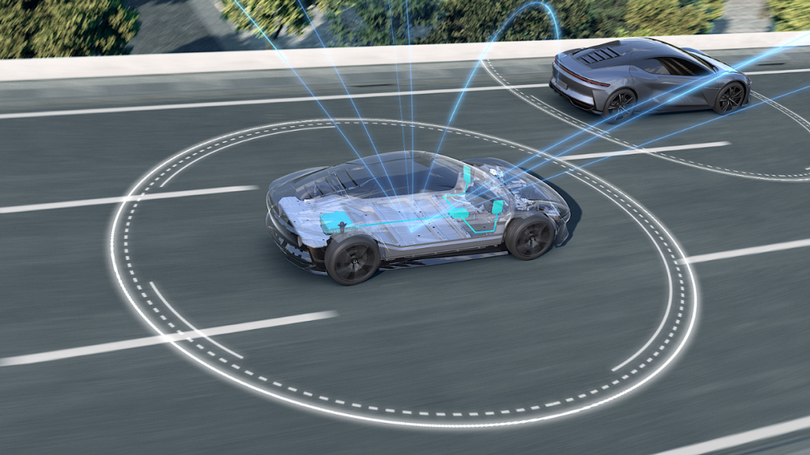| What is the development direction of power technology under the background of &q |
| Release time:2023-01-07 08:48:52| Viewed: |
What is the development direction of power technology under the background of "dual carbon"?
It is China's commitment to the world to strive to achieve "carbon peak" by 2030 and "carbon neutrality" by 2060. To achieve this goal, the automobile industry will usher in a profound restructuring.
Recently, the State Council issued the "Action Plan for Carbon Peak by 2030", which proposed that by 2030, the proportion of new energy and clean energy vehicles should reach about 40%. The technical route of power system has become the general trend to cater to the low-carbon and new energy development of the automobile industry.
The power system should be intelligent and electrified
The "dual carbon" strategy is the key to China's response to climate change and high-quality development, and the green transformation of the automobile industry is the key link to achieve the "dual carbon" goal. Relevant data shows that among all transportation modes, such as aviation, railway, waterway and road, road transportation brings the most carbon emissions, accounting for 73.5% of the whole transportation industry. At the 9th Automobile and Environment Forum in 2021 and the 13th Global Automobile Industry Summit, industry experts discussed new ideas for the orderly development of China's automobile industry under the new situation around the electrification of power train.
Zhan Zhangsong, the general manager of the Research Institute of Chongqing Chang'an Automobile Co., Ltd., pointed out that the transformation of energy structure is the key to achieving low-carbon automobiles, and the transformation of supply side zero carbonization and demand side efficiency, re electrification and intelligence has become a consensus. Among them, the upgrading of regulations and standards is forcing the upgrading of powertrain to further improve the efficiency of powertrain. After the gasoline engine continues to be combined with electrification, it is unnecessary to consider all working conditions and scenarios as before, so the thermal efficiency can be further improved, which is expected to reach 50%; In addition, the efficiency of the motor assisted system can be improved.
It is reported that Chang'an Lanjing power platform has begun to enter the "hybrid" era: the products are fully electrified and intelligent, and have developed a wide range+efficient gasoline engine and a compact+efficient electric drive system; With A-ECMS efficiency algorithm and man vehicle road coupling control technology, energy management and development mode has changed from "product matching control as the center" to optimization of man vehicle road coupling control; Through independent innovation of efficient low carbon combustion technology, it fully meets the requirements of the latest emission standards.
"In the context of 'dual carbon', from the perspective of reducing carbon emissions throughout the life cycle, the development of energy structure and supply has promoted the technical route of the power system to be more stable. It is necessary to promote the parallel operation of electric vehicles and energy-saving vehicles. The hybrid power system will not only reduce fuel consumption and carbon emissions, but also bring users a more pleasant driving experience." Xu Zheng, director of SAIC Passenger Vehicle Technology Center, said, From the perspective of carbon reduction of internal combustion engine power, it is more important to further improve the efficiency of all parts of the hybrid system in order to quickly realize electrification and promote hybrid power, and use motors to improve the efficiency of the power system.
It is worth noting that domestic and foreign vehicle enterprises have focused on the direction of DHE (special hybrid engine) and DHT (special hybrid transmission). According to the DHT scheme adopted by mainstream engines, the thermal efficiency can basically reach 41%, and some products can reach 43%.
Wang Xianbin, the director of Geshi Automotive Research Institute, predicted that with the development of core engine technologies such as high-pressure injection, the market size of DHE will exceed 3 million in 2028; The market size of DHT will exceed 4.5 million in 2028; By 2028, the penetration rate of new energy vehicles in China will exceed 30%. It is estimated that the electrification rate of the passenger vehicle market is expected to exceed 47% in 2025.
Use hydrogen energy to achieve low carbon at the supply end
Chen Xuesong, president of Weishi Energy Technology Co., Ltd. of Great Wall Group, said that hydrogen energy and fuel cells can help reduce and decarbonize carbon, which is the main path for China's energy and transportation reform and the realization of the goal of "double carbon". Large scale, long time and long distance hydrogen energy storage, transportation and application is the solution to solve the volatility of renewable energy. The combination of hydrogen and electricity can give full play to the characteristics of high energy density of fuel cells and high power density of power cells, and fully cover the requirements of vehicle power range.
At present, 20 countries and regions, which account for more than 75% of the world economy, have actively developed hydrogen energy through the formulation of energy bills, energy strategies, technology roadmap and other ways. The policies issued by 29 provinces and cities in China involve the development of hydrogen energy industry, and more than 48 cities have issued hydrogen energy policies to promote the development of hydrogen energy industry. According to the estimation of China Hydrogen Energy Alliance, by 2030, China's hydrogen demand will reach 35 million tons, accounting for 5% of the terminal energy system; By 2050, the proportion of hydrogen energy in the terminal energy system will be at least 10%, the demand for hydrogen will be close to 60 million tons, the emission reduction will be about 700 million tons of carbon dioxide, and the annual output value of the industrial chain will be about 12 trillion yuan.
To sum up, hydrogen energy vehicles can be divided into hydrogen internal combustion engine vehicles and hydrogen fuel cell vehicles. The world's leading automobile manufacturers are actively developing a new generation of hydrogen powered vehicles. Yi Baolian, an academician of the CAE Member, once pointed out that the industrialization of fuel cell vehicles is a breakthrough in the application of hydrogen energy. If the cost of fuel cell vehicles, the construction of hydrogen refueling stations and hydrogen sources can be significantly reduced, making them close to the cost of electric vehicles, fuel cell vehicles can be industrialized on heavy haul and long-distance transport vehicles.
In addition, diversified zero carbon fuel engine technologies, such as hydrogen internal combustion engine, are also key measures to achieve zero carbon power.
Wei Anli, Secretary General of the Methanol Automobile Promotion and Application Expert Steering Committee of the Ministry of Industry and Information Technology, said that China's hydrogen internal combustion engines and methanol internal combustion engines have used renewable energy methanol fuel. The hydrogen energy obtained from methanol online hydrogen production equipment is known as "new energy internal combustion engines" in the industry.
Sun Bogang, a professor at Beijing University of Technology, pointed out that hydrogen internal combustion engines are receiving renewed attention. Hydrogen is an excellent alternative fuel for internal combustion engines, and hydrogen fuel has a huge difference from gasoline, diesel or natural gas, similar to the difference between "gasoline engine" and "diesel engine". The hydrogen internal combustion engine is a new type of internal combustion engine, and the key components and manufacturing system are completely universal, which can also achieve zero carbon emissions. However, the hydrogen internal combustion engine also faces some challenges, such as the vehicle mounted hydrogen storage system which needs to be solved urgently, and the NOx emissions are high, so controlling its emissions will inevitably result in power loss. "Industrialization of hydrogen internal combustion engine requires advanced design system, sound standard system, complete detection system and effective policy system," he said.
Pursue diversified innovation of three electricity system
In consideration of supply chain security, premium capability and controlling the leading power of core technology, vehicle enterprises and parts suppliers have adopted the strategy of vertical integration to deepen their layout in the field of electrification. In terms of core components such as batteries and motors, building a safe, effective, technically controllable and flexible supply chain has become the mainstream choice of the automobile industry, especially the automobile enterprises.
In Wang Xianbin's view, the future competition of the power battery industry lies in its capacity for commercial mass production and large-scale delivery. At present, many enterprises are constantly trying to deploy relevant technologies and products in the field of ternary lithium, solid state and cobalt free batteries. Although it will take a long time to achieve the breakthrough of the battery's energy density limit, more innovative solutions in terms of technology, manufacturing and quality will be implemented.
Wang Chaoyang, a chair professor of Pennsylvania State University, introduced the innovative technology of power battery - Shuoan battery, which has large specific energy and high safety. He said that the design principle of Shuoan battery is very unique. It can improve the safety by passivating the battery. When using, it can output high power by using rapid self heating. "Shuoan battery can make extremely dense ternary lithium battery safer than lithium iron phosphate battery by passivation," said Wang Chaoyang.
Cai Wei, the founder of Jingjin Electric, said that the silicon based power semiconductor will evolve to the third generation of power electronics such as silicon carbide, which is the direction of controller upgrading; The motor is developing towards high speed, permanent magnetization and low NVH. It is reported that Jingjin's electric silicon carbide controller has been exported to Germany in small quantities, and will be mass produced on Volkswagen's Traton commercial electric vehicle in 2022.
In the field of electric drive, the three in one electric drive system has also become the mainstream solution in the industry, and will develop in the direction of multi in one in the future. At present, Huawei, Chang'an and BYD have launched a more integrated, smaller and more compact product solution. In the field of electronic control chips, domestic IGBT industry has begun to make some breakthroughs. BYD and CRRC enterprises have successively produced relevant products in mass production, and the next generation of silicon carbide products will become the focus of industry competition. |







